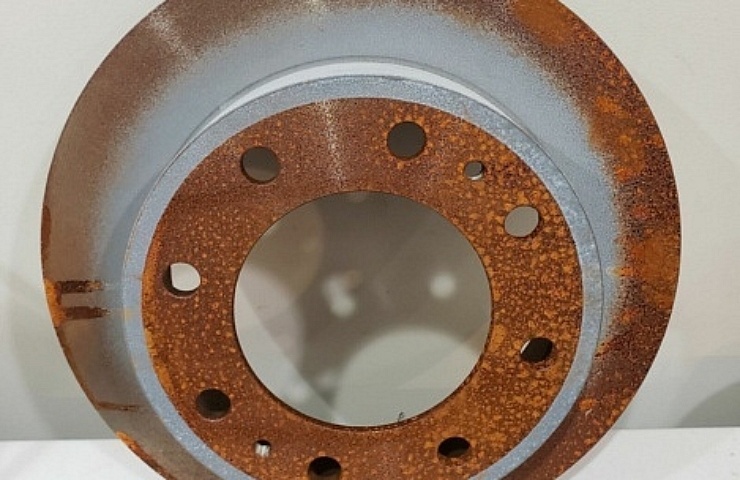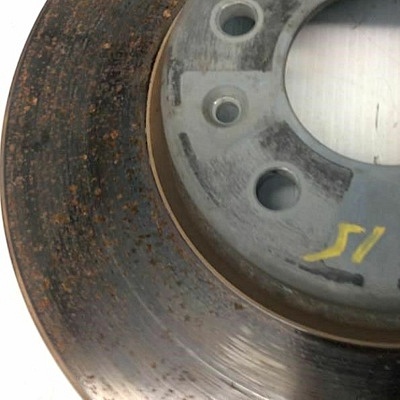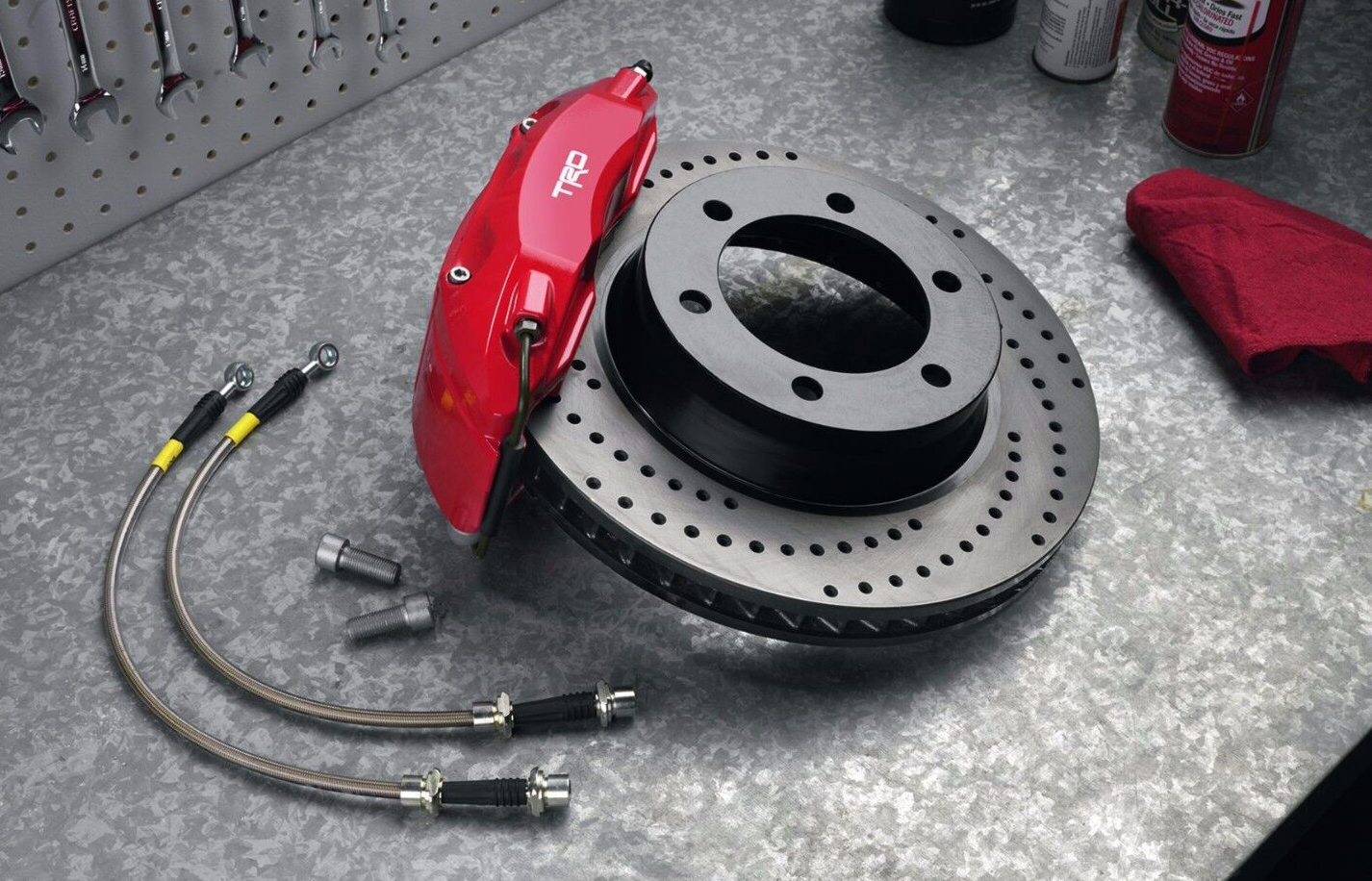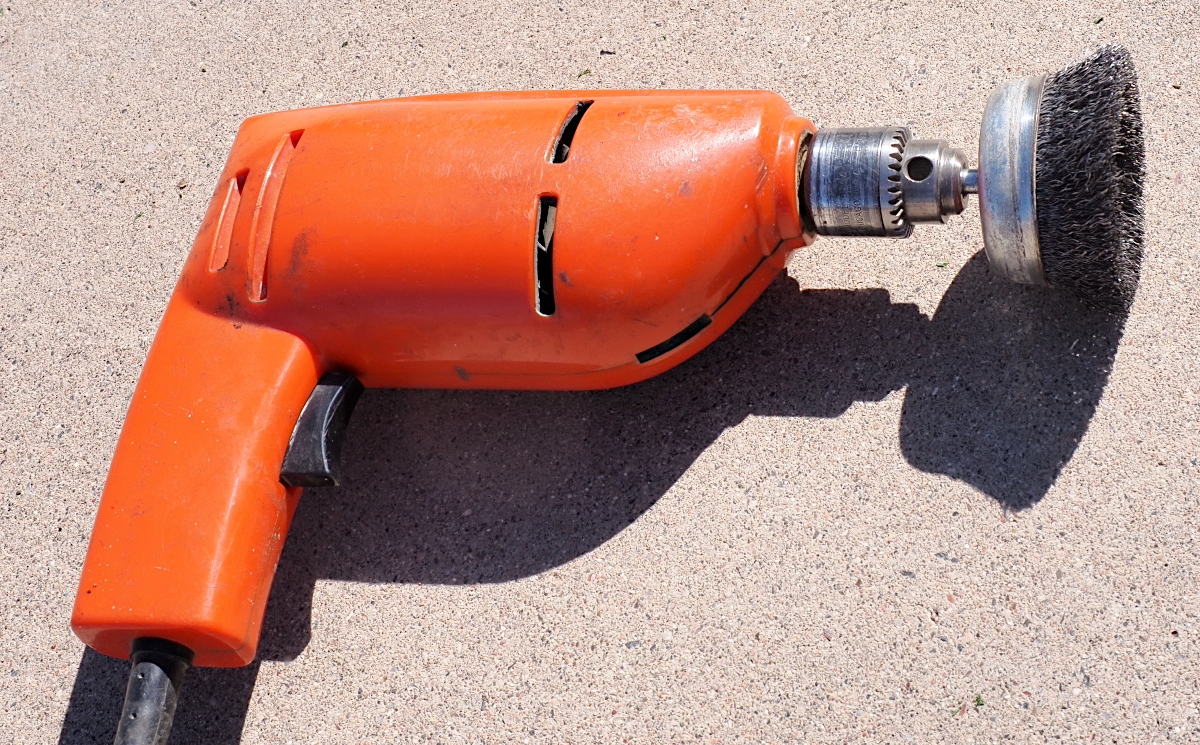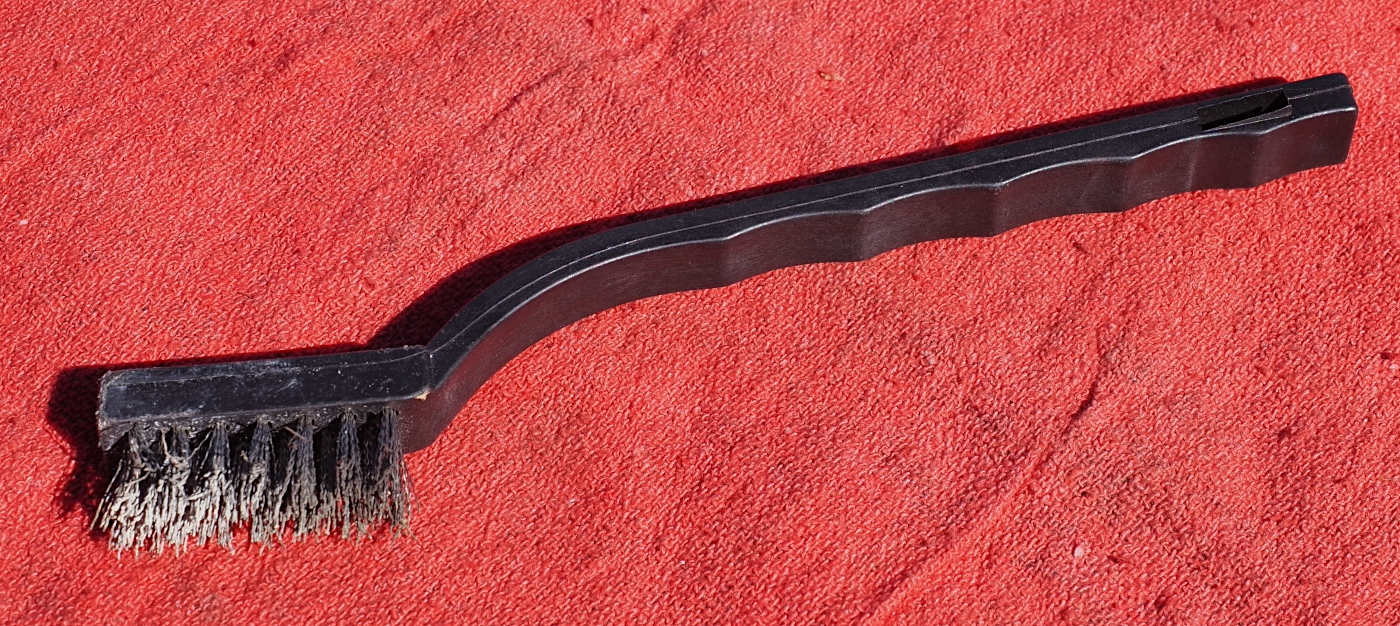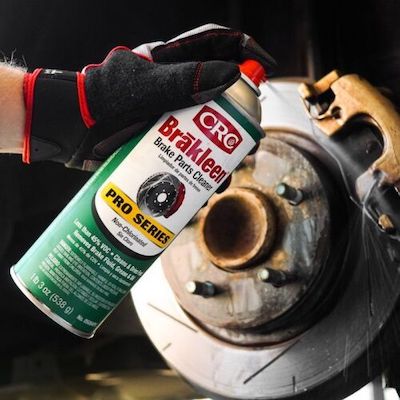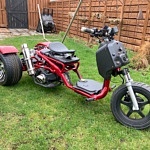Contents
How Do Rotors Get Rusty?
Brake rotors are made of cast iron or steel, which is a mixture of iron and carbon. When iron mixes with water, rust forms. If left untreated, rust can expand and weaken the metal over time.
It can be challenging to prevent rust from forming, especially under these conditions:
- Exposure to salt during winter driving
- Living in a humid environment, especially near the ocean
- Parking your vehicle outside instead of in a garage
- Parking your vehicle near lush landscaping, especially if it’s frequently watered
- Leaving your vehicle undriven in one spot for more than a month or two
Rust that forms quickly on a brake rotor is considered surface rust. It is often a thin layer. Most of the time, a regular driving routine removes rust from the rotor. That’s why we recommend driving your vehicle at least once a week.
Coated Rotors Are a Permanent Solution
Another way to avoid rusty rotors is using coated brake rotors. Coated rotors are made from higher-quality steel and coated with a substance to prevent corrosion. Some coated rotors use zinc, while others use a polymer mixture. Upgrading to a pair of high-quality coated rotors might add around $20 to a set of standard cast-iron rotors, which typically costs less than $100.
As a bonus, these coated rotor manufacturers might also have drilled and slotted rotors for a sporty look and performance.
Coated rotors first came out with a zinc coating. Later, manufacturers started offering versions with different compounds and polymers. Zinc-coated rotors are a known, often-used entity and I have always been pleased with their durability and use.
Shop now for drilled and slotted brake rotorsReplacing the rotor is relatively easy. Jack up the car safely. Remove the brake caliper, remove the old rotor and replace with a new coated rotor. You might consider replacing the brake pads at the same time so you have a new, fresh set.
Steel Wool and Rusty Rotors
Steel wool is commonly used to remove rust from rotors or other surfaces. It comes in several grades, including coarse (#3), medium (#0), and fine (#000). Try the finest grade first and get more aggressive if necessary. If you use a coarser grade of steel wool, always finish with the finest grade to remove the minor scratches and abrasions left by the coarser grades.
Removing Rust From Rotors
There are several more aggressive ways to remove stubborn rust from brake rotors. The choice is dictated by the available tools and how much time and effort you want to invest.
If the rust is relatively modest, these steps will remove it from the rotors:
- Safely lift your car’s front or rear end. (It is easier to do both wheels at once, but you could do each wheel separately.)
- Remove the lug nuts and wheel from the car.
- Spray the brake rotor with brake cleaner. (Do this in an open area, as the fumes are potent.) Have a tray under the rotors to collect the residue.
- Rub steel wool across the rusty surfaces. A wire wheel brush attached to a drill is helpful for stubborn spots.
- Once the rust is removed, rinse again with brake cleaner.
- Allow to dry and replace the wheels and lug nuts.
If you have more time, add the following steps:
- Remove the caliper” from the brake assembly.
- Then, remove the rusty brake rotor.
- Now follow the previously listed steps with the steel wool and wire brush.
This method allows you to perform a deep cleaning of the rusty rotors on both sides, and enables you to access other brake components that might have rust.
Soak the Rust Away
For a deep cleaning, soak the removed rotor in a chemical bath and wait a minimum of 12 hours. The longer the soak, the better the results will be, thoroughly removing the rust corrosion.
There are numerous chemical solutions that promise to remove rust, but household cleaners are another option.
- Soak the entire rotor in a tub containing white vinegar.
- Adding salt to the vinegar can help remove rust in deep cavities. (Try a mixture of a half gallon of white vinegar and half cup of salt.)
- Create a paste using toothpaste and baking soda. Use a brush to work it into the surface and let it sit for at least 12 hours.
- Spray brake cleaner on the rotor and use a steel wool pad to remove any trace rust residue.
- Rinse thoroughly and spray with brake cleaner to ensure no cleaners remain on the rotor.
Some chemicals will convert rust using tannic acid mixtures. Tannic acid reacts with rust to form an iron tannate compound, which is not corrosive. But you might need to treat the remaining metal to prevent further corrosion. Plus, converted metal does not have the same strength as the original iron.
Do Rusty Rotors Need to Be Replaced?
In most cases, these techniques will remove rust from rotors. However, if you ignored the issue for too long and the rust expanded, the braking surface could be compromised. At that point, the rotor needs to be replaced and you might as well add some bling to your brakes.
Read this: Dress Up Your Ride With Brake Bling

